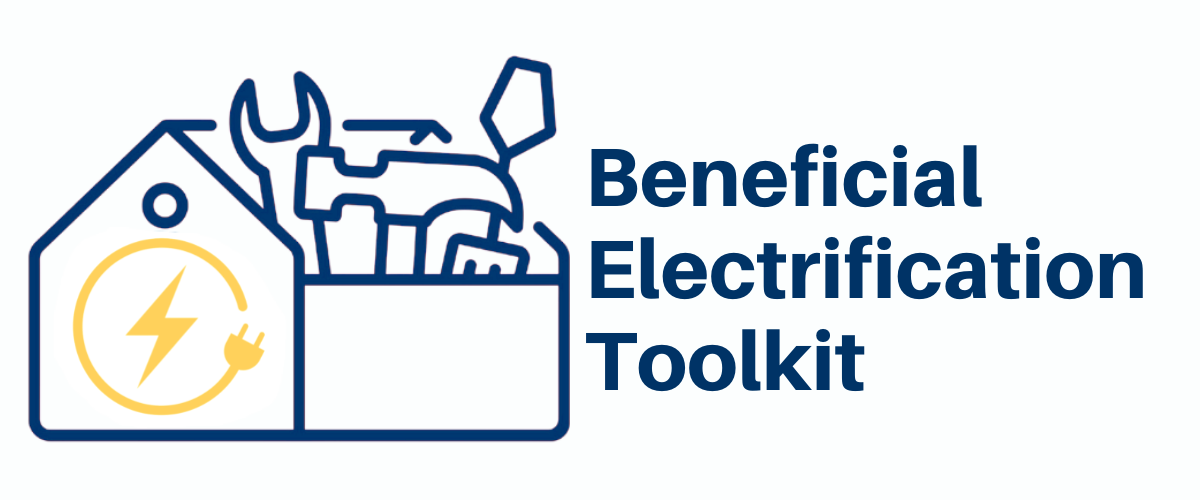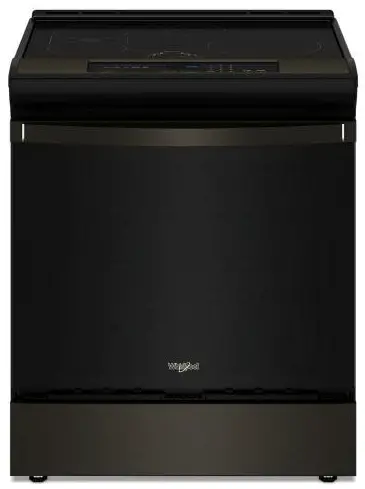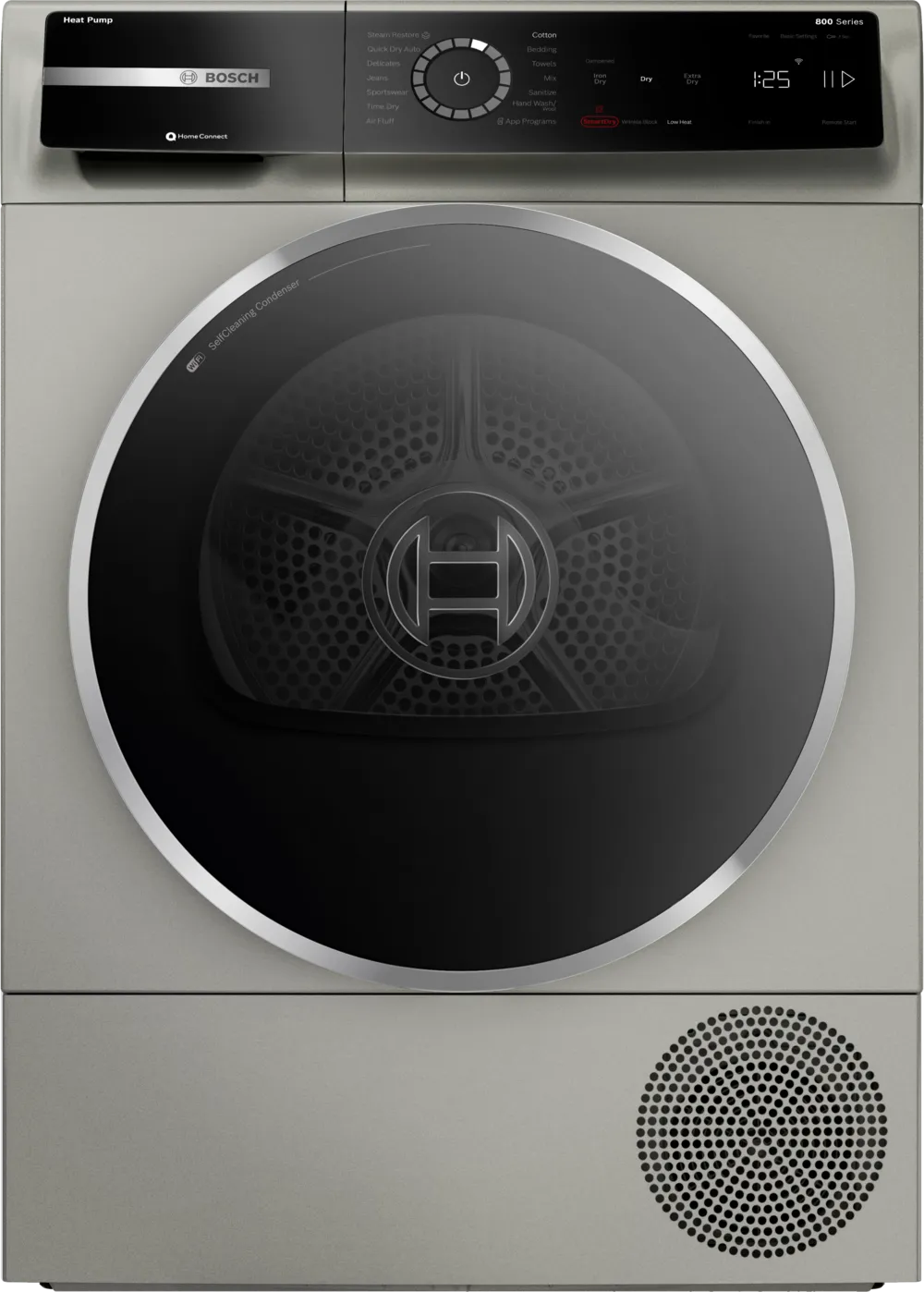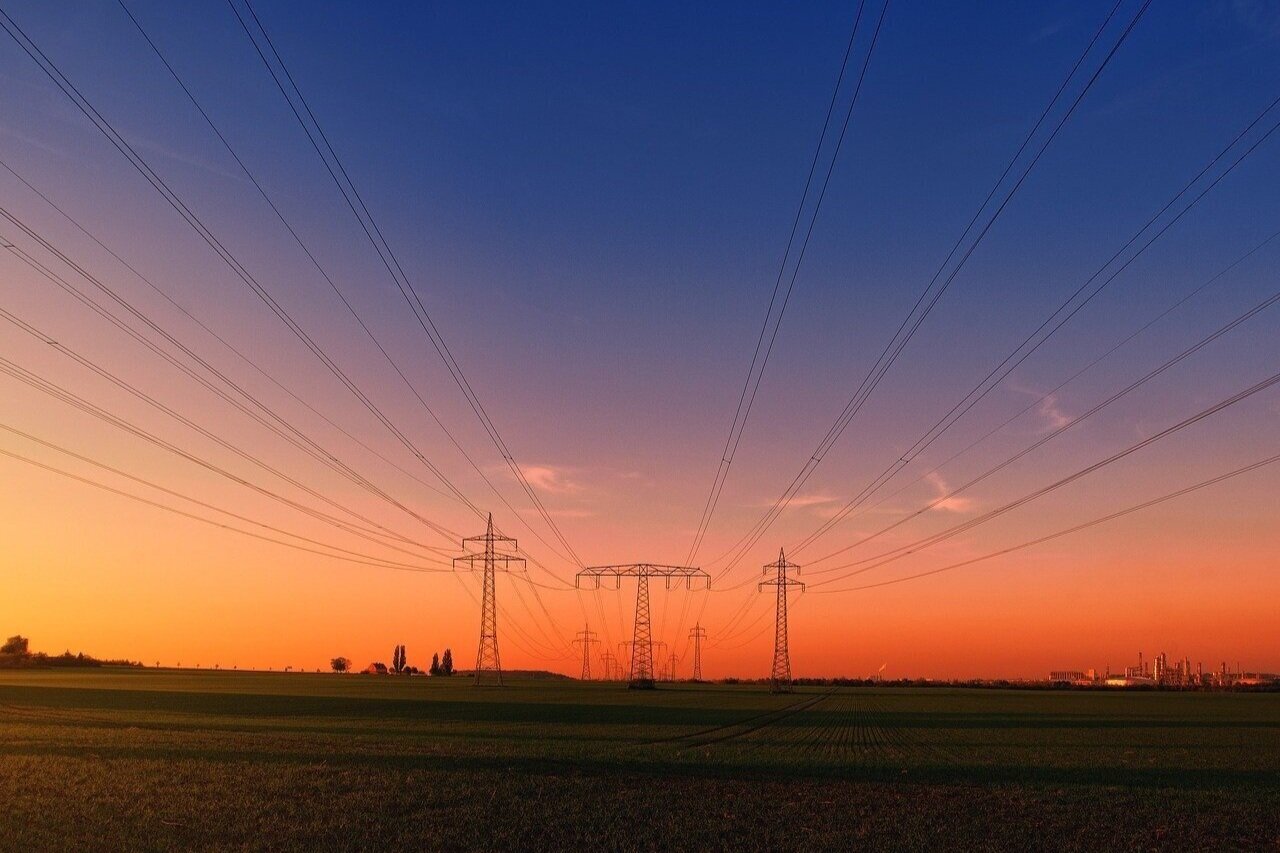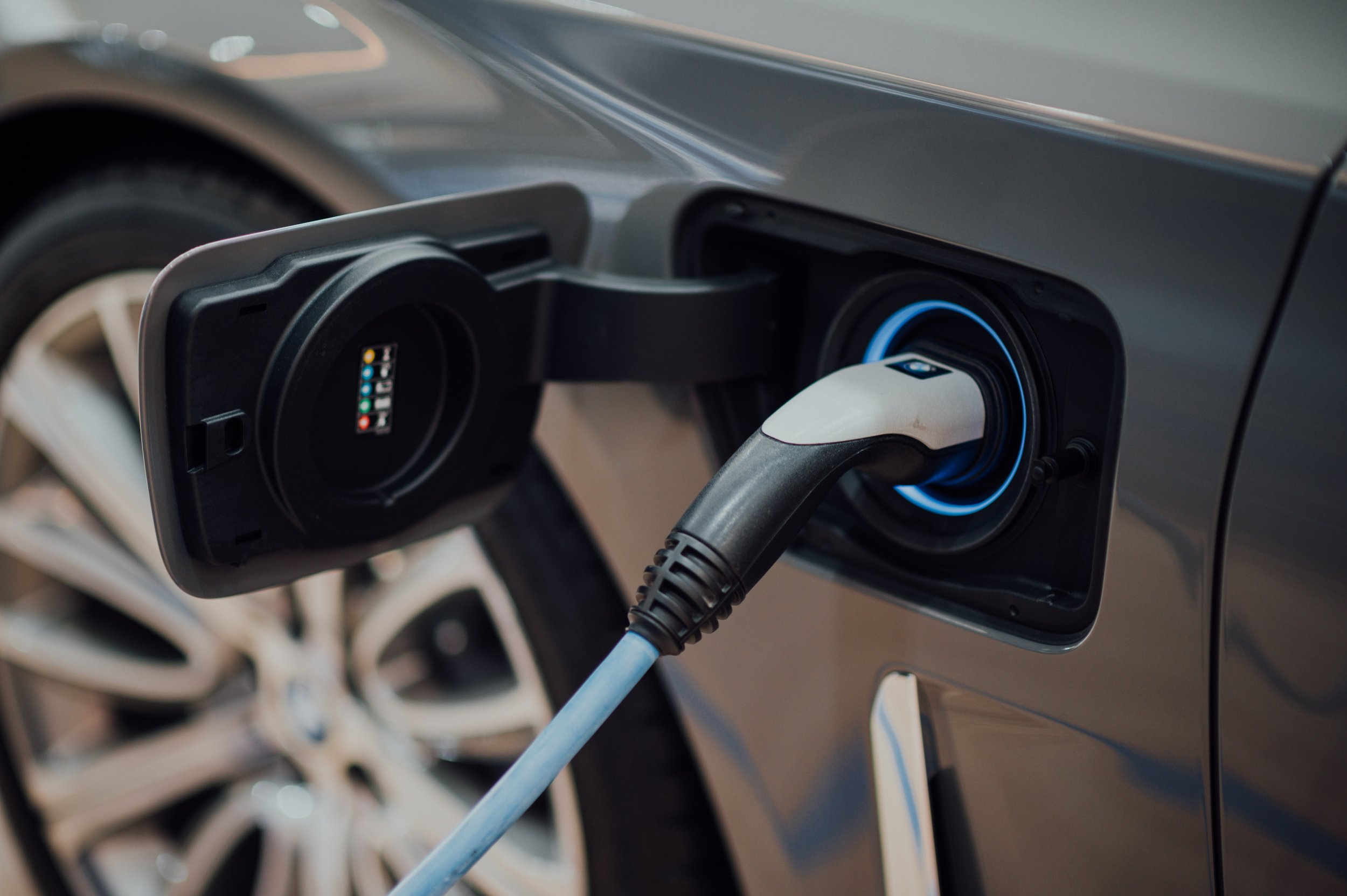
Household Appliances
As technologies improve, the benefits of residential electrification expand beyond space and water heating.
Close To Home
The promise and reality of beneficial electrification has reached into our daily lives and now our homes. The performance and efficiency of how we cook, tend our spaces, and clean our clothes can be enhanced through the inclusion of modern electric appliances.
From removing toxic fumes in the kitchen to reducing the energy costs of our chores, we invite you to review these household beneficial electrification opportunities. In this section, we will highlight three areas that have seen the most change. Those areas are:
Kitchen cooking appliances
Laundry appliances
Lawn care appliances
Click on the image to expand and read how appliances are changing
Explore Electric Indoor Home Appliances
Cooking
The growing popularity of induction cooking can help reclaim the “all-electric home” as a premium label.
NRECA’s infographic on stove varieties. Click to expand! Created by Kevin Kepple
Cooking appliances are arguably where consumers pay the most attention to what type of fuel they are using. This can result in strong opinions about electric versus gas, traditionally in favor of gas. Induction stoves, a relatively new technology, offer major improvements over conventional radiant electric stoves. They are typically marketed as an evolution in cooking that outperforms gas stoves in performance, convenience, and safety.
Induction stoves can be twice as efficient than gas stoves, as they work faster and consume less energy. This is due to better energy optimization: induction stoves transfer up to 90% of heat energy to the food, versus 40% for gas stoves.
Along with greater efficiency, induction stoves offer environmental health advantages. Without adequate ventilation, the emissions from a gas stove can fill homes with carbon monoxide, nitrogen oxides, particulate matter, and formaldehyde. The concentration of nitrogen dioxide can range between 50-400% higher in homes that use gas stoves compared to those using electric ones.
How Do Induction Cooktops Work?
Rather than generating heat from a flame or electric resistance, induction stoves create a magnetic field using copper coils underneath the stove. This magnetic field results in an highly efficient transfer of heat using a magnetic current that directly heats the cookware placed on the stove. Cookware must contain magnetic metals such as cast iron or magnetic stainless steel to function on an induction stove.
When gas or electrical coils are used for cooking, there can be a significant heat loss leading to great inefficiencies in heating food. Because traditional electric stoves work by radiant heating, the coil is heating more than just the pan on the range. It also heats the air and the surface around the pan! Naturally, this leads to some efficiency loss in cooking with electric radiant stove, as it would with a gas burner.
Clothes Drying
Avoid dangerous and polluting dryer vent clogging with a closed-loop heat pump dyer system
Heat pump clothes dryers are a safer and more economic choice for customers. These units use less than a fourth of the electricity consumed by a conventional electric resistance dryer or a gas powered dryer and they do not require external venting, making them much more safe, efficient, and less costly for customers.
Similarly to residential space conditioning, heat pump dryers have the lowest operating cost when compared to conventional electric, propane or natural gas. As gas and propane dryers phase out, utilities can help customers save money by taking the opportunity to install the next generation of clothes dryers.
Importantly, heat pump dryers do not use exterior vents. Unlike traditional vented dryers, heat pump dryers cannot have clogged or dangerous vents as they use a closed-loop system to recycle hot air within the dryer. They extract moisture from clothes by passing air over a refrigerant system, cooling it to condense the moisture, and then reheating the air for reuse. This makes them much more energy-efficient, less dangerous and less polluting as they produce particulate that can clog and catch fire and they do not expel air outside.
Lawn and Property Care
Electric lawn equipment is simply better for consumers. There’s no oil to change, no fuel to stabilize for winter storage, carburetors to clean, noise that may annoy neighbors or affect a user’s hearing. Clean, quiet and easy is a big win for everyone.
Electric power tools have proliferated and made consumers' lives easier by cutting the cord for traditional power tools like saws, drills, drivers, impact wrenches and more.
Electric lawn care equipment, such as mowers and leaf blowers, offers an important consumer awareness opportunity for beneficial electrification due to its tangible benefits. Gas-powered lawn equipment is often loud, oily, noxious, and temperamental to start. It also emits pollutants such as volatile organic compounds and fine particulate matter that are harmful to human health. Electric mowers offer a superior user experience in all of these regards.
Switching from gas to electric lawn equipment is a relatively small investment compared to other electrification projects, such as installing a heat pump. By helping consumers improve their experience with one household chore, electrifying lawn equipment could help open the door to larger, more beneficial investments in electric technologies.
Additional Resources
Scientific American: The Health Risks of Gas Stoves Explained
American Council for an Energy Efficient Economy: Induction Cooking Technology Design and Assessment
Environmental Health Perspectives: Dryer Vents: An Overlooked Source of Pollution?
Energy Star: Heat Pump Dryer
Kentucky Living: Electrifying Your Lawn Care
